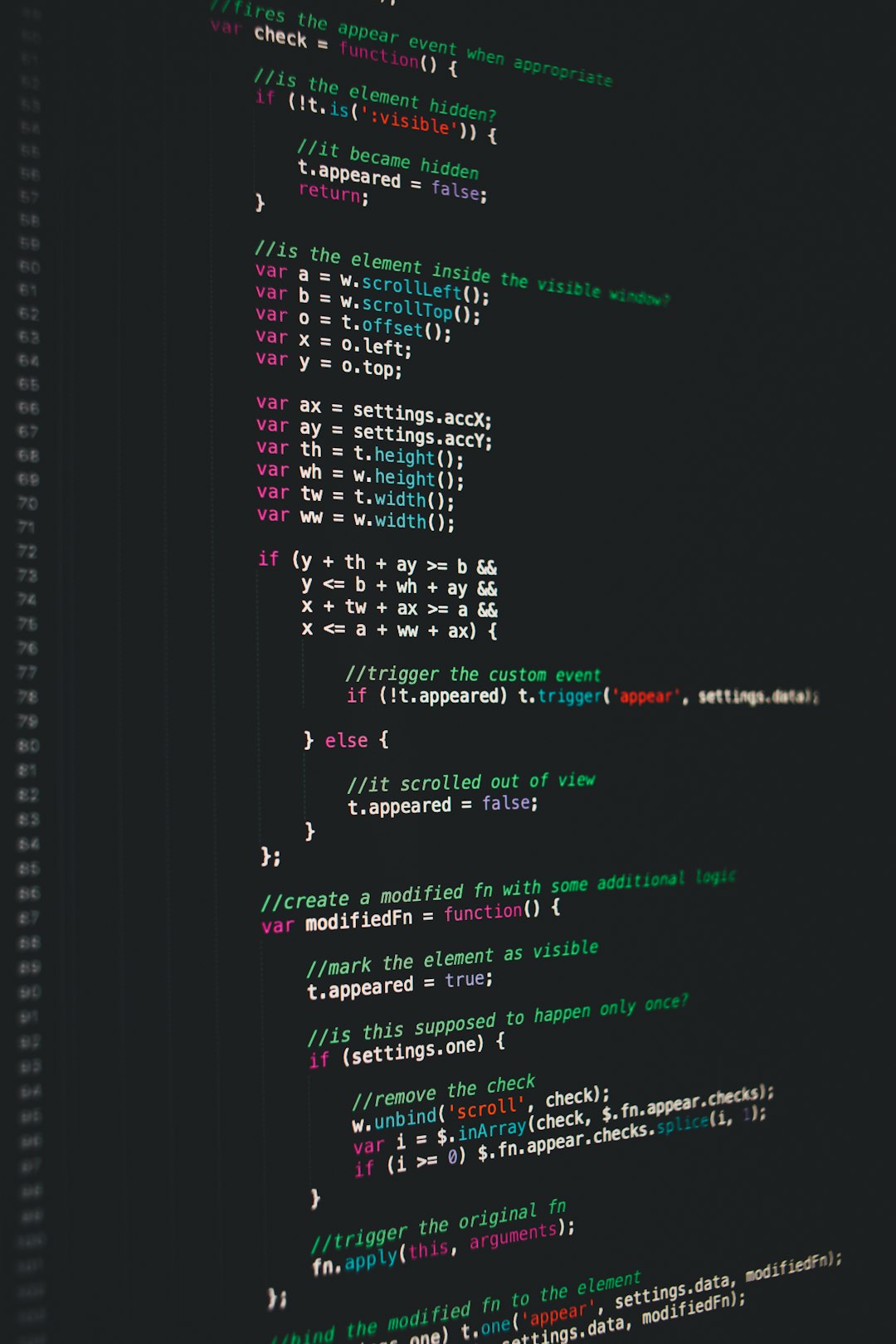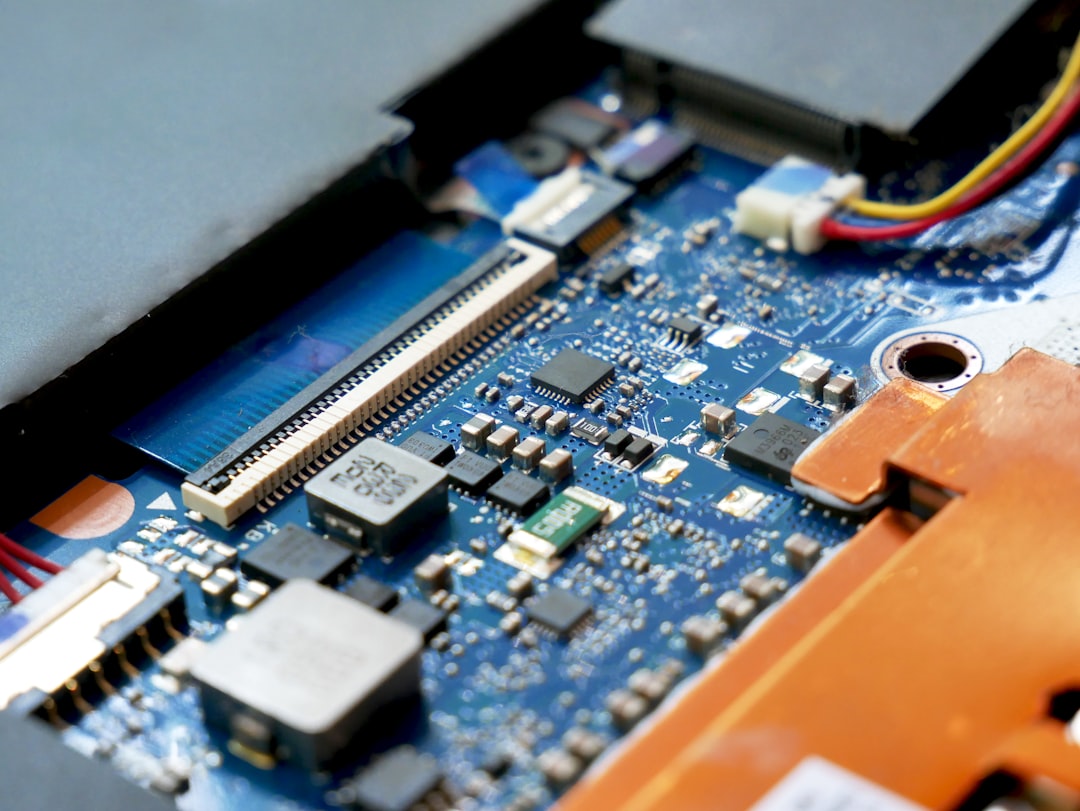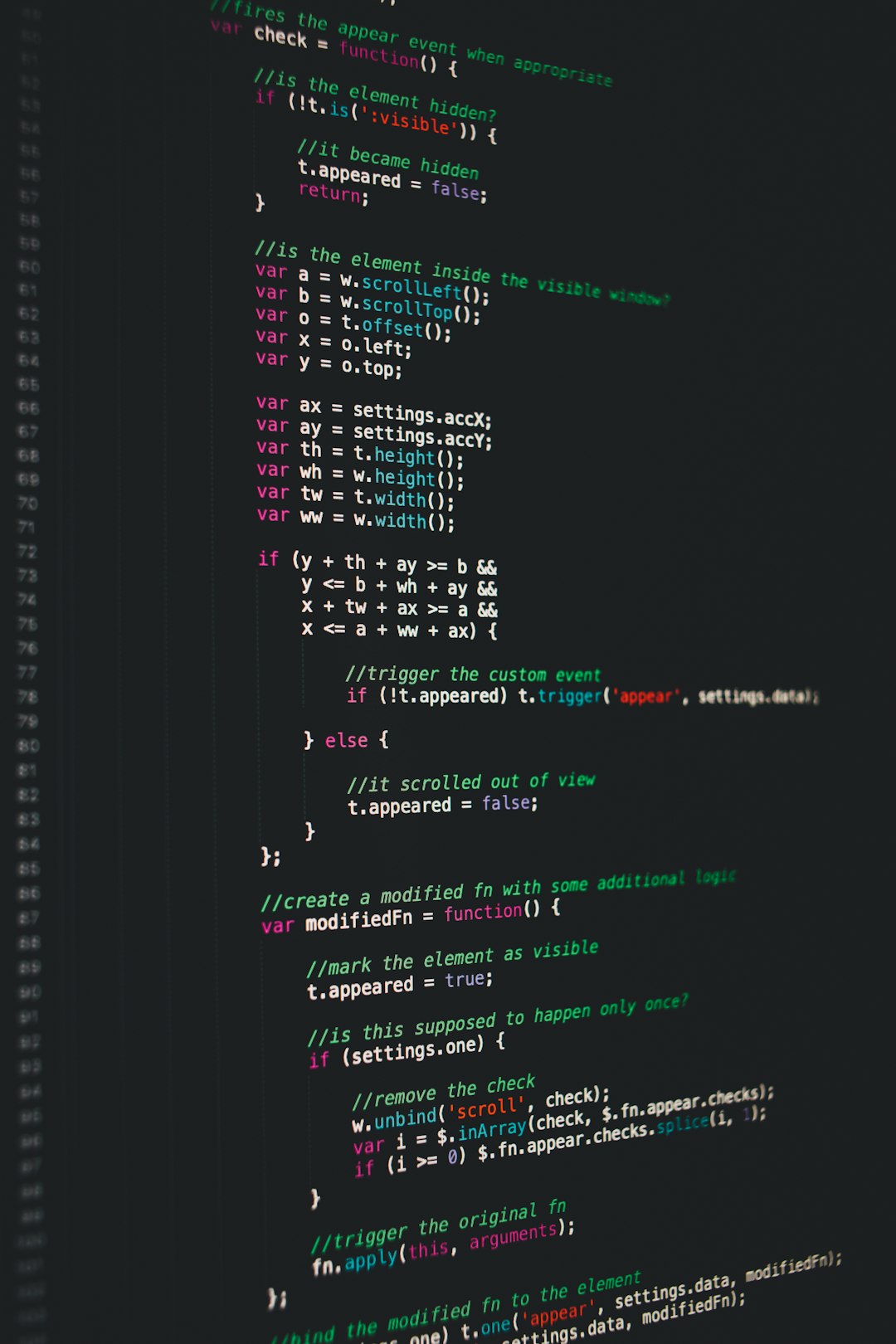WooCommerce has become the de facto eCommerce solution for WordPress users all over the world. It’s a versatile, powerful toolkit that enables business owners to transform their WordPress websites into fully functional online stores. However, with frequent updates, shifting APIs, and deprecations, plugin developers often face a daunting challenge—keeping their custom plugins working seamlessly with every new WooCommerce release.
While the prospect of a plugin breaking after every update might seem like an unavoidable evil, the reality is that it doesn’t have to be this way. Developing a resilient WooCommerce plugin involves a combination of strategy, best practices, and constant vigilance. It is both an art and a science—requiring not only technical skill but also a mindful commitment to future-proofing.
The Hidden Dangers in WooCommerce Updates
WooCommerce is actively maintained and regularly improved. With each update comes new features, security patches, deprecated functions, and, unfortunately, potential conflicts. What worked flawlessly in version 6.4 might completely break in 7.0. Therefore, plugin developers need to understand the nature of these changes.
Key risks include:
- Deprecated functions or hooks disappearing without sufficient backward compatibility.
- Structural database changes that affect custom queries.
- Frontend and backend template updates impacting output rendering.
- Tight coupling with specific WooCommerce classes that were refactored.
It’s important to stay ahead of the curve by studying the WooCommerce changelog, following the Make WooCommerce Core blog, and understanding versioning policies.
Foundation of a Future-Proof Plugin
At the heart of any plugin meant to be long-lasting is solid architecture. Crafting a stable, adaptable plugin begins long before the first line of code is written. It’s about building with change in mind.
Here are a few essential design principles:
- Loose coupling: Ensure your plugin is modular and does not tightly depend on WooCommerce internal classes. Use abstraction interfaces when possible.
- Fail gracefully: Allow your plugin to continue working even if non-critical features break due to WooCommerce changes.
- Use action/filter hooks: These hooks are the glue that binds plugins to the WooCommerce core. Always prefer these over hard-coded solutions.
- Follow WordPress coding standards: Consistency will help you avoid subtle compatibility issues.

Use WooCommerce APIs Whenever Possible
One of the most common reasons plugins break is due to developers bypassing WooCommerce APIs and directly modifying its internal data structures or core database tables. Avoid this at all costs.
WooCommerce provides a rich set of REST APIs, PHP SDKs, and helper functions that maintain compatibility across versions. By leveraging these APIs, you reduce the likelihood of breaking changes affecting your code.
Example: Instead of manually modifying order meta in the database, use provided functions like update_post_meta() or $order->update_meta_data().
Namespace and Scope Your Code
The WordPress and WooCommerce plugin ecosystems are vast and varied. To avoid conflicts with other plugins and ensure interoperability, your code must be appropriately scoped.
Tips include:
- Use PHP namespaces throughout your plugin.
- Prefix function names, class names, and constants uniquely (e.g.,
myplugin_). - Avoid globally defined variables whenever possible.
This not only ensures stability but also helps during debugging and maintenance.
Monitoring and Testing with Each Core Update
Even the best-written plugins need ongoing maintenance. Each WooCommerce update should trigger a workflow in your development process:
- Read the release notes in detail.
- Identify deprecated features and backward-incompatible changes.
- Run compatibility tests in a staging environment.
- Adjust code accordingly and issue patches before customers encounter issues.
Automated testing can significantly streamline this process. Use unit tests and integration tests with tools like PHPUnit and WP CLI to cover critical functionality in your plugin.

Graceful Degradation and Compatibility Layers
Good plugins degrade gracefully. If a newer WooCommerce function is missing, your plugin should fall back to an older method or display a warning rather than crashing altogether. This requires implementing compatibility layers that dynamically check for features, functions, or hooks before invoking them.
Example:
if ( method_exists( WC()->cart, 'get_cart_contents_count' ) ) {
$count = WC()->cart->get_cart_contents_count();
} else {
// Fallback for older WooCommerce versions
$count = sizeof( WC()->cart->get_cart() );
}This kind of conditional logic makes plugins robust across multiple versions.
Actively Listen to the WooCommerce Community
You’re not in this alone. Developers everywhere face similar struggles. By participating in forums, GitHub issues, Twitter threads, and Slack channels, you gain foresight into problems even before they affect your user base.
Pay special attention to:
- WooCommerce GitHub comments around upcoming releases.
- Community responses to beta or release candidate versions.
- Popular plugin changelogs for ideas on how others are managing updates.
Building a resilient plugin is not about resisting updates—it’s about anticipating and adapting to them in a proactive, timely manner.
Version Check Mechanism and Diagnostics
Incorporate internal diagnostic tools that verify the WooCommerce version at runtime and take appropriate measures. For instance, you could display a notice if the plugin detects a major version mismatch, urging the site administrator to verify compatibility.
Furthermore, including error logging, feature fallback notices, and detailed system reports can not only aid support but can proactively prevent failure.
Example:
$current_version = WC()->version;
if ( version_compare( $current_version, '8.0', '>' ) ) {
// Compatible code for WooCommerce 8+
} else {
// Use legacy method or warning
}
Thorough Documentation Is Part of the Code
One of the most overlooked defenses against plugin breakage is good documentation. Whether you’re working alone or as part of a team, documenting how your plugin interacts with WooCommerce—especially APIs and hooks used—can save hours of future debugging.
Use well-commented source code, dedicated README files, and internal developer guides to maintain clarity. Document every external function and API dependency so that changes in WooCommerce codebase are easier to track and test against.
Conclusion: Building Resilience Through Discipline
The process of building a WooCommerce plugin that survives updates is less about secrets and more about methodology, discipline, and wisdom gleaned from ongoing experience. Though it may seem mysterious, it’s an achievable goal grounded in following best development practices, proactive monitoring, and embracing philosophical principles like robustness and agility.
The developer who aims for stability must think like a chess master—planning five steps ahead, anticipating how a single update might ripple through code, and always preparing for it.
Instead of fighting updates, intelligent developers build plugins that welcome them—and in doing so, move closer to mastering the mystery.
